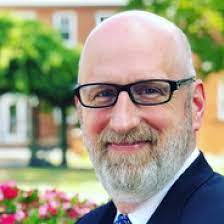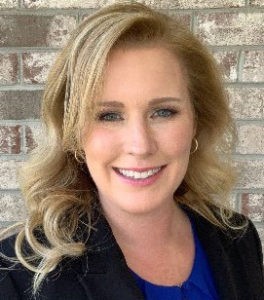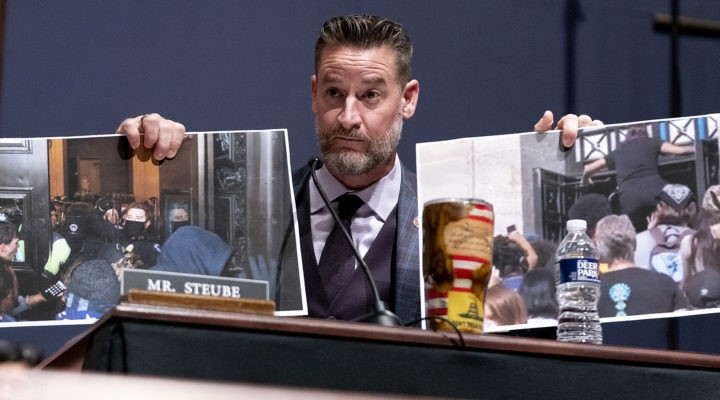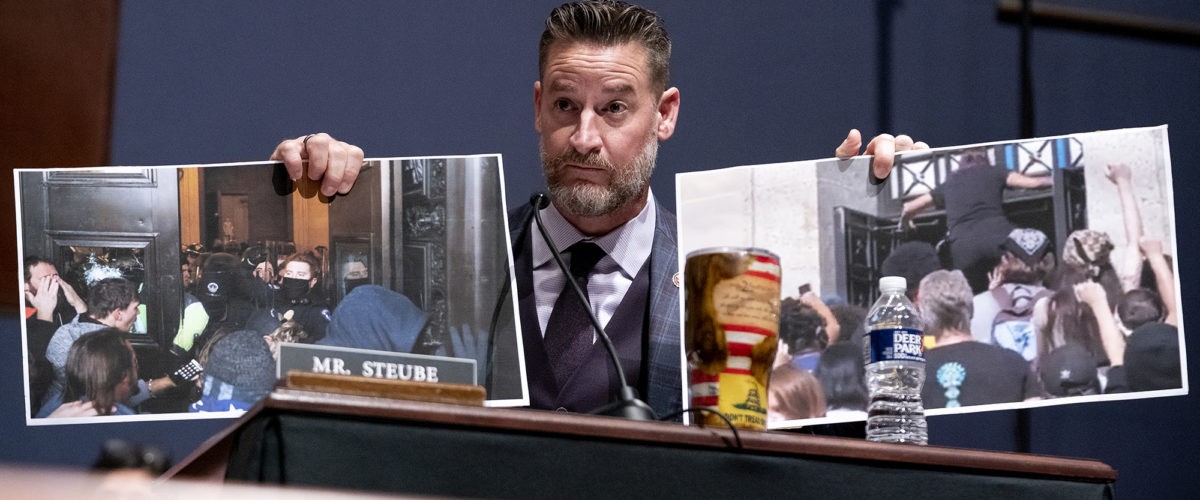The United States is in greater danger of politically, religiously and racially fueled violence now than it was when supporters of Donald Trump attacked the U.S. Capitol in January, a panel of security experts said during a recent webinar.
“I’m more alarmed about where we are right now on Christian nationalism and right-wing extremism than I was the evening of Jan. 6,” said David French, senior editor of The Dispatch and author of ISIS: A Threat We Can’t Ignore, and Divided We Fall: America’s Secession Threat and How to Restore Our Nation.

David French
French was joined by fellow national security expert Elizabeth Neumann and moderator Peter Wehner on the virtual panel held during “Leading the Way 2021,” a two-day, multidisciplinary discussion of issues related to immigration and hosted by the National Immigration Forum.
The trio discussed the methods extremists have used to co-opt conservative narratives to drive their insurrectionist agenda into the mainstream, and how the issue of immigration has shifted from a legitimate debate of national priorities into fearmongering about a migrant invasion of America.
But there was a moment, French said, when he thought the Jan. 6 insurrection would jolt the nation into an awareness of the need for a more decent form of political engagement.
Instead, the attack only boosted the caustic rhetoric from the right.
“Jan. 6 created a new narrative of persecution, a new narrative of grievance … basically summed up as the ‘political prisoner narrative,’” he said. “There’s this conviction that the left has seized on Jan. 6 as a pretext for a crackdown and that many of these protesters who stormed the Capitol were in fact quite normal, everyday folks who were just in the wrong place at the wrong time and that the crackdown on Jan. 6 is part of an overall crackdown on dissent and of the overall slide of the United States into tyranny.”
The radicalism of the right has become increasingly troublesome among Republicans who are opposed to the rhetoric and violence but don’t know what to do about it, French added. “One of the ways you are seeing this is in the school board debate, in the school board meetings and the school board disruptions.”
While some school boards are not allowing the interruptions, there have been cases of extremists, some of them armed, showing up at board members’ homes or sending threatening emails, he said. “I’m increasingly worried that people are going to be hurt.”

Elizabeth Neumann
The numbers bear out that concern, said Neumann, former assistant secretary of counterterrorism and threat prevention at the Department of Homeland Security.
Statistics show that hate crimes in the U.S. were up 14% from 2019 to 2020 “and 2019 was already a high watermark year,” said Neumann, chief strategy officer for Moonshot, a tech firm that seeks to prevent extremism and violence in online contexts.
Cases of domestic terrorism increased 69% in the same timeframe while online domestic terrorist content shot up by 140% from 2019 to 2021, she said.
Neumann also cited a University of Chicago study that found 21 million Americans believe the 2020 election was stolen from Trump and that political violence is justified to return the former president to the White House.
“Any way you look at it, it’s just not a good picture,” she said.
Extremists have gotten their message to a wider audience in part through consistently sharing it with Americans who normally wouldn’t associate with radicals, Neumann said. “It’s called mainstreaming. They are trying to take their ideology and move it in to the mainstream. By doing that, it allows them to engage in polite conversation with what they called ‘normies,’ people with normal lives, people who care about getting their kids to school. They work hard. They may be politically active, but they don’t have time or desire to join a white supremacist group.”
“The policy issue has been swamped by the partisan issue, and the partisan issue is becoming increasingly tainted by a racial issue.”
But that strategy has paid off for radicals who “all of a sudden find themselves adjacent to normal people, and that’s what we saw on Jan. 6. We saw neo-Nazi signs and Christian flags and MAGA signs all in one place. We saw a gallows built on the Capitol grounds right alongside where people were doing prayers through a bullhorn.”
In the process, they also radicalized many in Trump’s religious base, she added. “They have successfully stirred up mainstream, conservative, white evangelicals. It’s a small percentage but still a large number that are willing to commit acts of violence.”
And the issue of immigration has been lost in the chaos generated by Christian nationalists, French said. “The policy issue has been swamped by the partisan issue, and the partisan issue is becoming increasingly tainted by a racial issue.”
One right-wing conspiracy holds that Democrats favor immigration as a way of creating future constituents to remake American culture, he said. “And it just goes step by step into hostility and emerging xenophobia.”
Related articles:
Survey paints scary, hopeful picture of U.S. political divide
Who’s behind the nationwide attacks on local school boards over Critical Race Theory?
We knew there would be a reckoning for religious leaders enabling Trumpism, we just didn’t know it would be today | Opinion by Mark Wingfield


